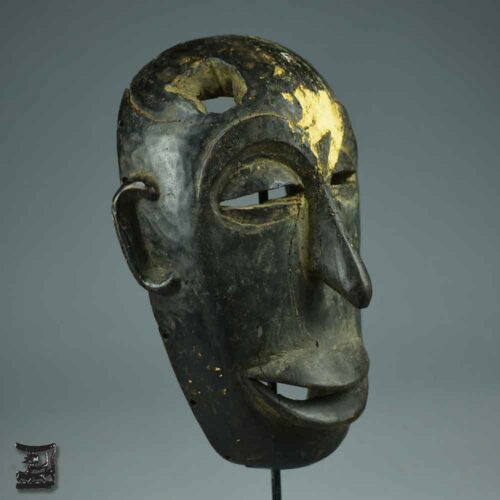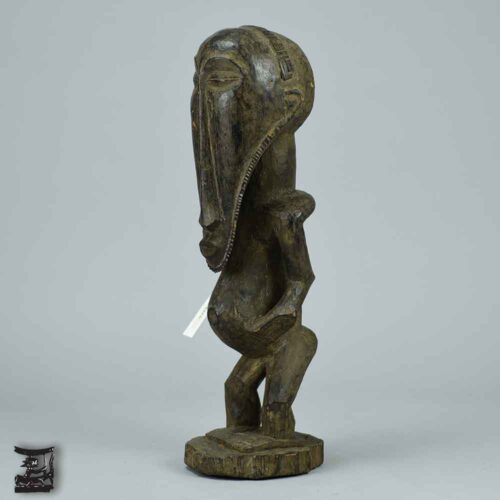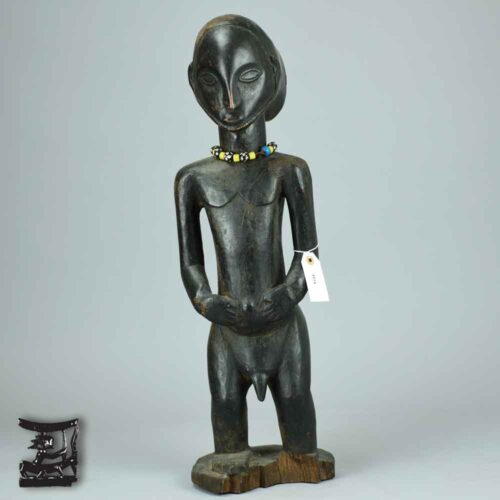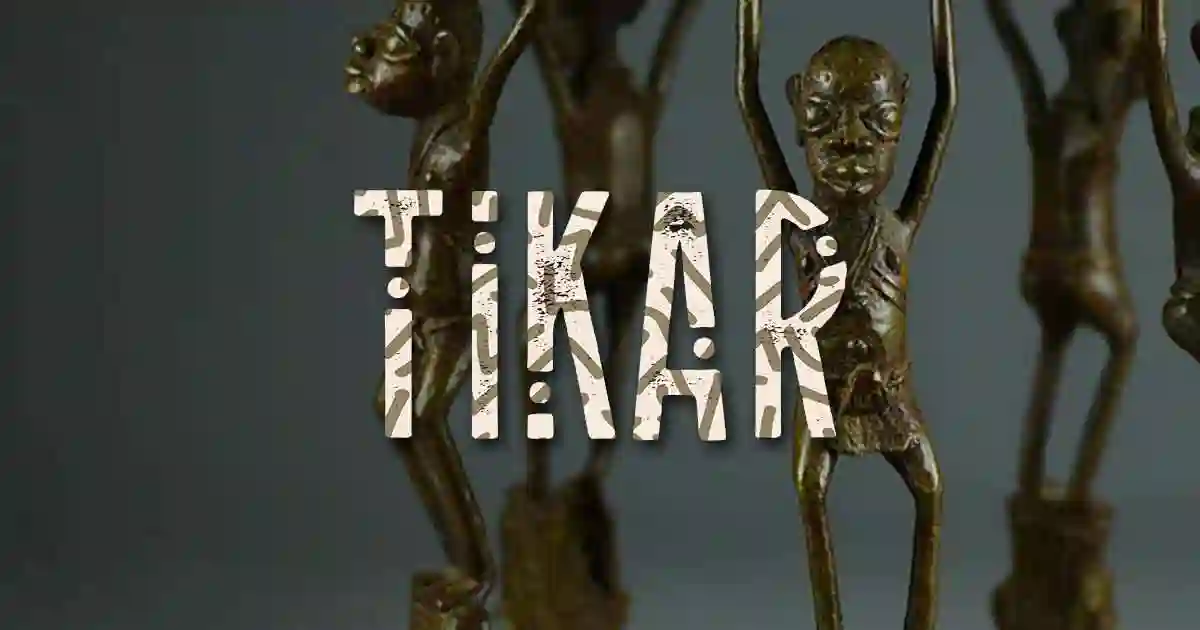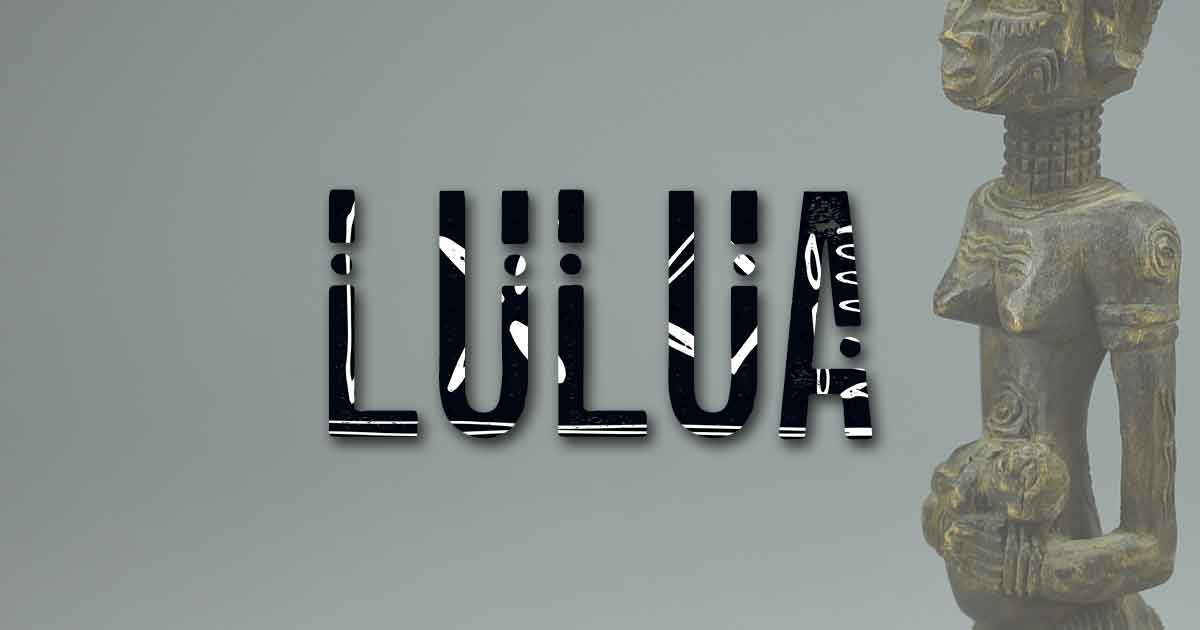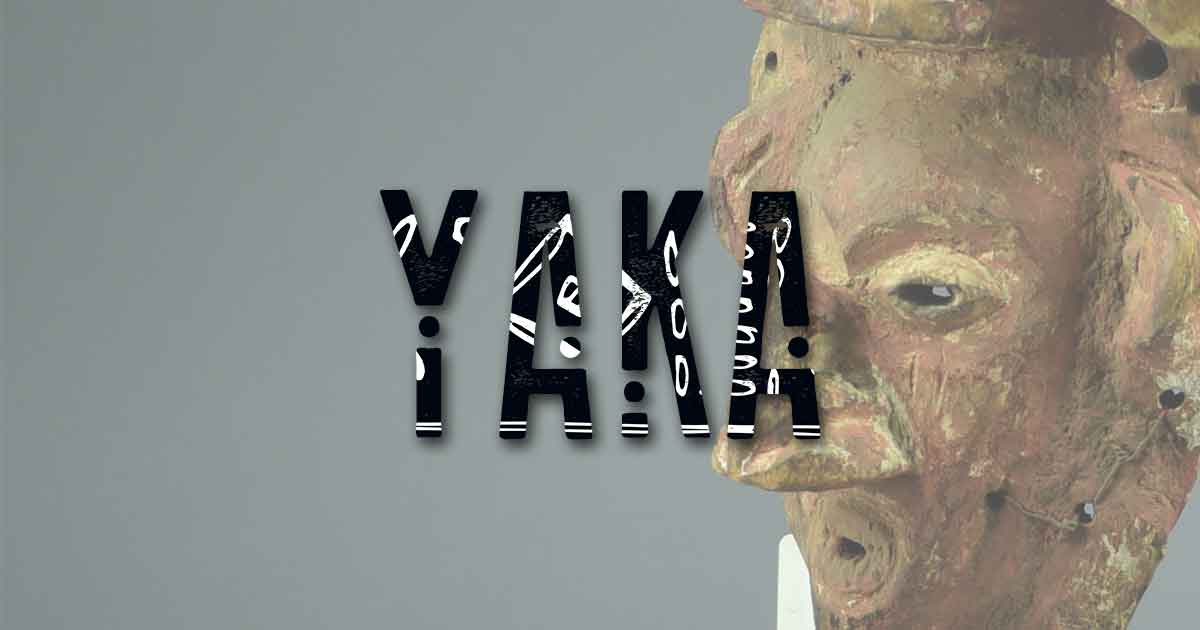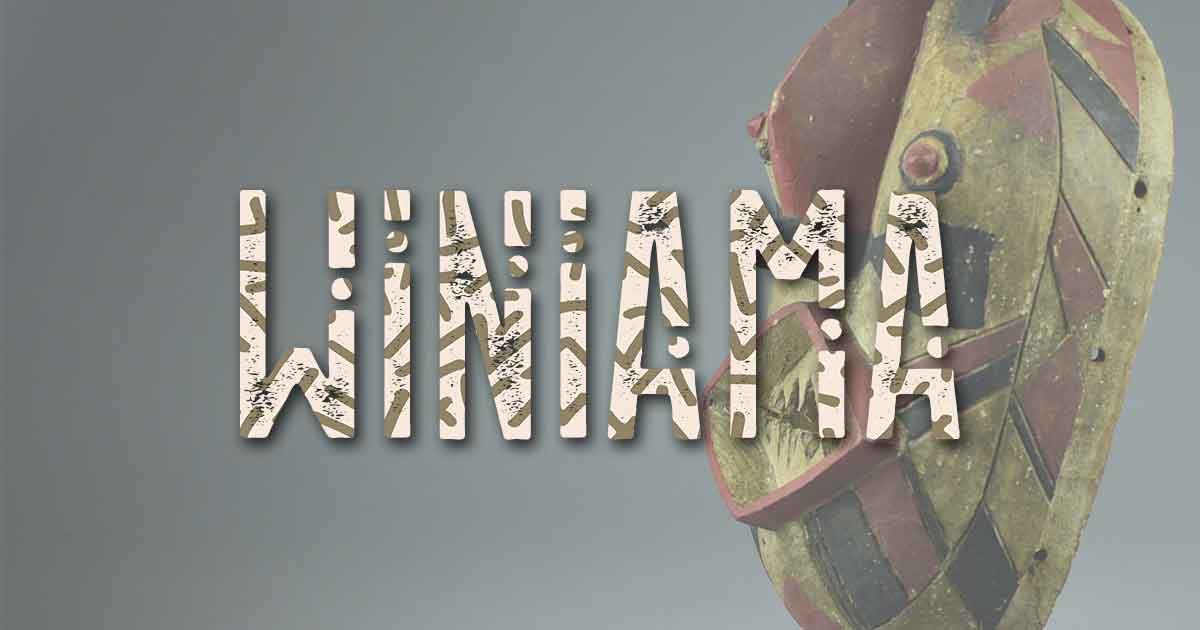Hemba People
Hemba People
A Tapestry of Tradition and Culture
The Hemba People, also known as the Luba Hemba or Eastern Luba, are a vibrant Ethnic Group from the heart of the Democratic Republic of the Congo (DRC), intertwined with the ecosystem of the expansive plains along the Lualaba River. Home to approximately 90,000 individuals, this region is a tapestry of serene plains, towering hills, intricate stream networks, and the steadfast rocks and marshes.
A Deeply Rooted Social Fabric
At the core of Hemba society lies a clan-based structure. These clans are the threads that bind families together through a shared lineage, tracing back to a singular ancestor. Central to their belief system is the veneration of two divine entities—Vidiye Mukulu, the creator god, and ShimuGabo, the supreme being. These entities guide the Hemba in their daily lives and anchor the moral framework of the community.
The clan chiefs stand as pillars of authority and governance, commanding absolute power over their subjects. With stewardship over the heralded ancestor figures housed either within their living quarters or within dedicated shrines, these chiefs reinforce their dominion through an ongoing dialogue with the ancestors, calling upon their wisdom and favor.
Justice is dispensed by the chief, who convenes court within his personal abode, ensuring traditions are upheld and balance is maintained within the society. This ancestral worship intricately weaves through the Hemba’s ethos, touching upon medicinal practices, legal proceedings, and the spirituality that permeates their existence. Moreover, possessing an array of effigies is a symbol of distinguished status within the Hemba culture.
Equilibrium of power is subtly maintained by secret societies—the Bukazanzi for men and the Bukibilo for women—acting as counterweights to the chief’s influence. Diviners, respected for their insights, also play a vital role in rectifying imbalances within the Hemba way of life.
Artistic Expression of Heritage
Matrilineal in nature, Hemba heritage spectacularly manifests itself through the art of sculpture. Predominantly focusing on representations of male ancestors, their art echoes the profound reverberation of lineage and history that defines their cultural identity.
The Lingua Franca of the Hemba
The Hemba language serves as a cultural bond, bridging the communicative gaps across regions from southern Kasai to northeastern Zambia. Sharing linguistic threads with various related ethnic groups such as the Kanyok and Sanga, the Hemba people’s language fosters understanding across vast distances, with some groups also settled in Tanzania.
Cultural Pride and Polity
The villages of the Hemba Ethnic Group are sanctuaries of tradition, where chieftains command respect as the leaders of their political microcosms. Inheritance of these pivotal roles flows through the maternal line, accentuating the importance of the feminine in the genesis of Hemba stewardship.
Among these custodians of culture, secret societies hold sway, such as the Bukazanzi and the Bukibilo. The Hemba also honor the So’o society, safeguarded by the chiseled form of a chimpanzee mask, which is integral to the ancestral spirit rituals. These societies balance the authority vested in the chieftain.
Despite resisting incorporation by the Luba empire, Hemba culture has absorbed reflections of the Luba’s artistic prowess. Wooden sculptures resonating with Luba design are telltale signs of this subtle confluence of arts. These artworks are associated with the Hemba’s religious practices, including ancestral homage at shrines and sacrosanct rituals invoking harmonious order.
Remarkably, every clan venerates the kabeja, a dual-faced statuette—male and female—heralding the communion of spirits and the corporeal world, and serving as a conduit for offerings meant to appease.
A Resilient History
The Hemba journey traces back to the late 16th century, with origins marked by a gradual migration, likely from present-day Tanzania. Encounters with Arab slave traders in the 19th century and subsequent colonial oppression under Belgian rule are chapters of adversity they resiliently withstood.
Subsistence and the Economy
Embracing a subsistence-based lifestyle, the Hemba people cultivate essential staples such as manioc, maize, and yams. Augmented by hunting and fishing, their subsistence not only nourishes but also sustains their heritage. Alluvial copper from their riverine territories is further integrated into their economy through trade.
The Hemba stand today as guardians of a culture steeped in tradition, sculpting a unique societal model that embraces the past while looking toward the future. Their story, etched in the annals of time, is a testament to the enduring fabric of human civilization itself.
Get updates about our new items, news and information.
We will process the personal data you have supplied in accordance with our privacy policy.

